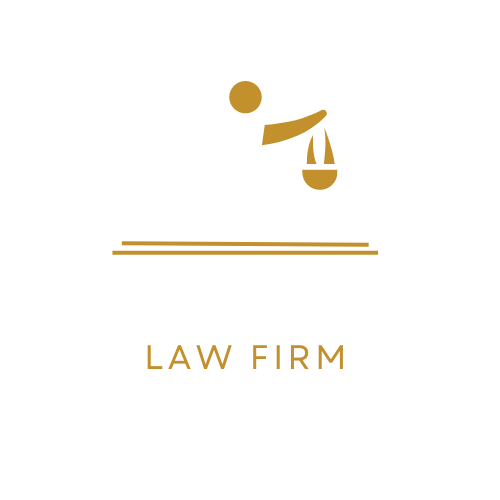Personal injury law is an area of civil law that enables those injured by another to pursue compensation from those responsible. Such claims usually begin with filing a document known as a complaint.
Personal injury lawsuits typically follow the legal theory of negligence, where parties had a duty to act reasonably which directly led to harm for someone else (for example reckless driving). Others include claims for strict or product liability.
What is a Personal Injury Case?
Personal injury cases are filed by people or their representatives who were injured as the result of another’s negligent behavior, often through accidents such as slip and falls or vehicular collisions. The purpose of a personal injury claim is to force them (the defendant) to compensate victims for losses sustained as a result of these accidents.
Personal injury cases can arise in various circumstances. To be successful, however, they must establish that another party caused harm due to either their negligence or recklessness.
Claiming begins by filing a formal court complaint detailing all parties involved, the harm caused and requested compensation. Usually, plaintiffs seek both economic losses such as financial loss and noneconomic ones such as pain and suffering as compensation.
Negligence
Negligence is a cornerstone of any personal injury lawsuit. It is defined as failing to act with the level of care an ordinary person would in similar situations, including car accidents, slip-and-fall incidents and medical mistakes. Examples of negligence can include car crashes, slip-and-fall accidents and medical errors.
Plaintiffs must prove that the defendant owed them a duty of care, breached it and that this resulted in injuries or losses to themselves or their beneficiaries. Proving all these elements requires extensive investigation and extensive evidence gathering.
These types of evidence include medical records, pay stubs, photographs of your injuries and more. You will also need to demonstrate that your damages are real and tangible; this process is known as causation and can be achieved using an established theory known as proximate cause – meaning your harm was an expected consequence of defendant’s breach.
Damages
Damages awarded in personal injury claims represent compensation for losses and expenses sustained by an injured party, such as medical costs. There are two categories of damages: economic and non-economic.
Economic damages can easily be calculated when it comes to injuries. They include medical bills, hospital stays, prescription medication costs, therapy fees associated with treatment for injuries and surgeries or procedures related to them – not forgetting any ongoing treatment needs and future treatment needs related to an incident.
Non-economic damages are harder to calculate and vary from case to case, such as pain and suffering, loss of enjoyment of life and mental anguish. They compensate victims for how an injury has altered their lives as well as being unable to do activities they once enjoyed before the accident or medical negligence took place.
Wrongful Death
Personal injury cases often settle through negotiations between the plaintiff’s attorney and defendant’s insurance provider; if no agreement can be reached, however, then trial before either judge or jury will occur.
Wrongful death lawsuits provide survivors of those killed through negligence with compensation for the loss of a loved one due to another person’s negligent or unlawful acts. Wrongful death laws vary by state.
In a wrongful death claim, the plaintiff represents the family or estate of the deceased and must prove that the defendant owed them a duty of care, breached it, and this caused their death. They also must establish causation and damages such as lost income, funeral costs and emotional harm among others.
Statute of Limitations
The statute of limitations sets the deadlines for filing personal injury suits in New York. You typically have three years from the date of injury to seek legal recourse in court or negotiate an out-of-court settlement settlement, though exact timelines can differ; missing these deadlines could lead to your case being dismissed by courts and loss of bargaining power during out-of-court negotiations.
However, certain circumstances can extend or pause the statute of limitations timeline. For instance, if a victim was under 18 or mentally incapacitated at the time of an incident, their timeline may be extended until they reach majority age. Furthermore, exposure to toxic substances may benefit from the discovery rule, which delays its application until either discovery of illness by either victim or reasonably should have discovered them by reasonable person(s).

